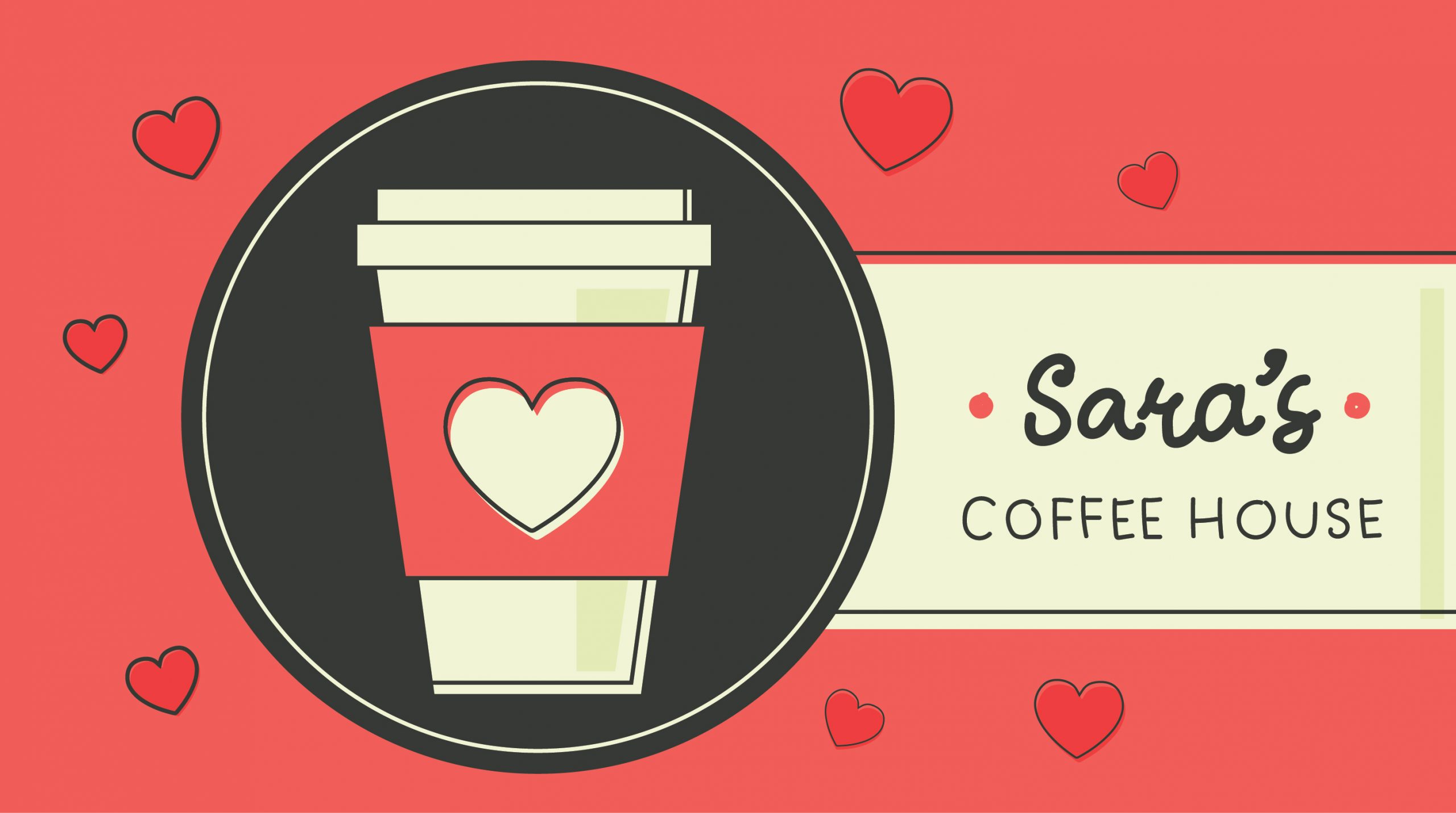Stakeholders build communities, brands embrace them.
You don’t need to be a mighty economic enzyme, like Apple or Disney, to be the catalyst for a thriving brand community. Sarah’s Coffee House nestled on the corner of Cozy and Unique Streets can spur an active community, too. And her community can be just as impactful to her business.
But we can learn a lot from those big-name companies and others – like Nike or Harley Davidson – whose brand communities have become more than a marketing tool. They have become an extension of the brand, and, in some cases, they have even defined and transformed the brand. Sure, those companies would be just fine without fervent fans spreading their gospels. But you can bet Tim Cook and Phil Knight consider them a bountiful blessing.
What makes those communities so special? For one, the members have become stakeholders. And stakeholders are the people with skin in the game, which is why they deserve a voice in a community where they can be heard.
A variety of communities
Consumers are human, which means they want a connection. Brand communities foster those connections. “Foster” is key here because, as a brand, you have to remember that the community is there to serve the community, not the brand. Yes, sales are great. But, as a brand with a community, fulfilling the community’s needs and helping its members should be the first priority. Accomplish that, and sales naturally follow.
Consider a few types of communities:
- A Shared-value Community: Harley-Davidson Owners’ Group – Here’s a community that practically saved a brand. Certainly, its revival of the famed motorcycle company in the 1980s, which led to record sales, has been well documented. The loyalty, the nostalgia and the sense of shared values and community has fueled this tight group. They talk about their love for their “hogs” and attending rallies, and they share photos like proud parents. Ultimately, the loyalty has grown along with sales.
- A Tough-love Community: Nike+ Run Club – Part of what makes this such a successful community is that it allows for the members to hold each other accountable for meeting their running goals. Friendly smack talk is part of it, but there’s encouragement and high-fives, too. And, ultimately, all this talk about running and what types of shoes to wear leads to more sales and more loyalty to Nike.
- A Make-it-better Community: r/apple (on Reddit.com) – Sure, Apple fosters communities of helpers online at its Official Apple Support Communities, but often Apple tries to “control” this community, and that’s a no-no in the world of successful brand communities. A better example of a true Apple community is r/apple on Reddit.com. To be sure, it has its Apple fanboys and fangirls, and lovefest-posts favoring Mac over PC, but it also has critical posts, which shows that a successful brand community doesn’t always have to be a kumbaya affair. Sometimes constructive criticism of a brand leads to better products. What is it doing wrong? What needs to be fixed? Ultimately, these lively discussions can lead to improvements in the brand, which leads to even more loyalty. (And yes, Apple is listening to r/apple on Reddit.com. When there are 2.4 million members of an online community focused on your brand, you listen.)
Another kind of community
An inventive and growing community type has begun to pick up steam and has found a home on social media apps ranging from Facebook Groups to TikTok. The idea of “storymaking” shares the same philosophy as “show, don’t tell.” These community members are making their own brand stories, as opposed to a brand telling them one.
They are shaping a brand’s story as an interactive, organic and always-evolving one where the brand’s audience experiences the story through action, thoughts and feelings, rather than through a brand’s summary on its “About Us” page.
The inventive nature of social media has created the perfect space for story-making to live and breathe. Take Broadway and its own unique brand. With the billion-dollar industry on shutdown due to COVID, the TikTok community took matters into their own hands and created “Ratatouille: The TikTok Musical,” where the script was crafted user-by-user until it culminated in a virtual Broadway-style musical that raised more than $1 million for charity.
Ultimately, the community created a connection and a stronger sense of loyalty to Broadway and the people who make it so magical.
Are you seeing a common theme here?
We’ve used the word “loyalty” and “ultimately” a few times now talking about brand communities. That’s where a good brand community eventually leads. And that’s why brand communities are such a big deal in 2021. Communities allow consumers to be part of the conversation – they become stakeholders in companies they care about. Marketing a brand isn’t a one-way communication anymore. Undoubtedly, direct advertisements are crucial. But so are two-way conversations that communities nurture.
Now, before you run out and encourage a community around your brand, consider: Brand communities are not a flip-of-a-switch type of engagement. They need time to cultivate, time to define themselves. If you try to harvest a brand community before it has time to ripen, the stakeholders will taste the insincerity and your brand will suffer because of it.
By the way, remember Sarah’s Coffee House on the corner? The Facebook group that started with three latte-loving college students has grown into a wide-ranging community of dozens who have become loyalists. And now Sarah is looking for a second corner.




